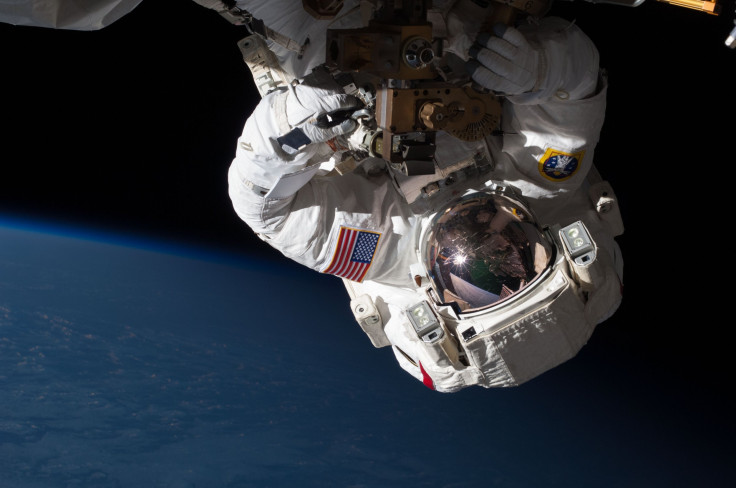'Mighty Mice' Experiment Aboard ISS Yields Hopeful Results Against Bone, Muscle Loss

KEY POINTS
- 'Mighty Mice' experiment aimed to study the effects of microgravity on bone and muscle loss
- The mice that had double the average muscle mass retained their muscles after their return to Earth
- Study's results are promising, both for future spaceflight and for ailments on Earth
The "Mighty Mice" experiment aboard the International Space Station (ISS) yielded promising results that could one day prove to be greatly beneficial both on Earth and in space.
It was in December 2019 when researchers from The Jackson Laboratory for Genomic Medicine (JAX-GM) sent 40 young female mice to the ISS for an experiment. Among the mice, some were genetically altered to lack myostatin, which means they displayed double the average muscle mass, while others were left untreated.
Myostatin and activin are molecular signaling pathways that influence muscle degradation, so these are what the researchers targeted for the mice experiment.
The idea is to have a better understanding of the effects of microgravity on bone and muscle loss. Typically, astronauts experience muscle and bone loss while living in microgravity because the human body evolved with the constant pull of the Earth's gravity. Without the Earth's gravitational pull, bones and muscles don't have to support the body, so astronauts have to exercise regularly to mitigate the loss.

For the study, the mice spent 30 days or four weeks aboard the ISS, during which several of the normal mice were treated with an agent that blocked myostatin and activin. At the same time, there was also a control group of 40 mice that remained here on Earth.
The SpaceX capsule eventually brought the mice back to Earth where researchers found that the genetically modified "mighty mice" had maintained their muscle mass. In fact, their muscle mass was still comparable to that of the mighty mice that stayed on Earth.
Meanwhile, the mice that were treated with the myostatin- and activin-blocking agent returned to Earth with even bigger muscles, while the regular, untreated mice displayed muscle and bone loss of up to 18%.
In addition, some of the normal mice were treated with the same blocking agent used on the ISS upon their return to Earth and they displayed enhanced muscle mass recovery.
"Mice that were hypermuscular as a result of having a mutation in the myostatin gene were able to retain most, if not all, of that extra muscle during spaceflight," study authors Dr. Se-Jin Lee and Dr. Emily L. Germain-Lee told CNN. "These findings show that blocking the activities of these hormones does work to enhance both muscle and bone even when mice are unable to bear weight."
This is excellent news for future space travel but, it could also be very beneficial for people here on Earth, for instance for the elderly who naturally experience bone and muscle loss, those who are bed-ridden, or those with conditions that lead to muscle-wasting.
Although more work needs to be done before a potential drug to build muscle and bone can be tested on humans without the risk of serious side effects, a feat that could still take years, the research is, indeed, a hopeful step.
The paper is now published in the Proceedings of the National Academy of Science and includes NASA astronauts Christina Koch, Jessica Meir and Andrew Morgan as co-authors.
© Copyright IBTimes 2025. All rights reserved.






















